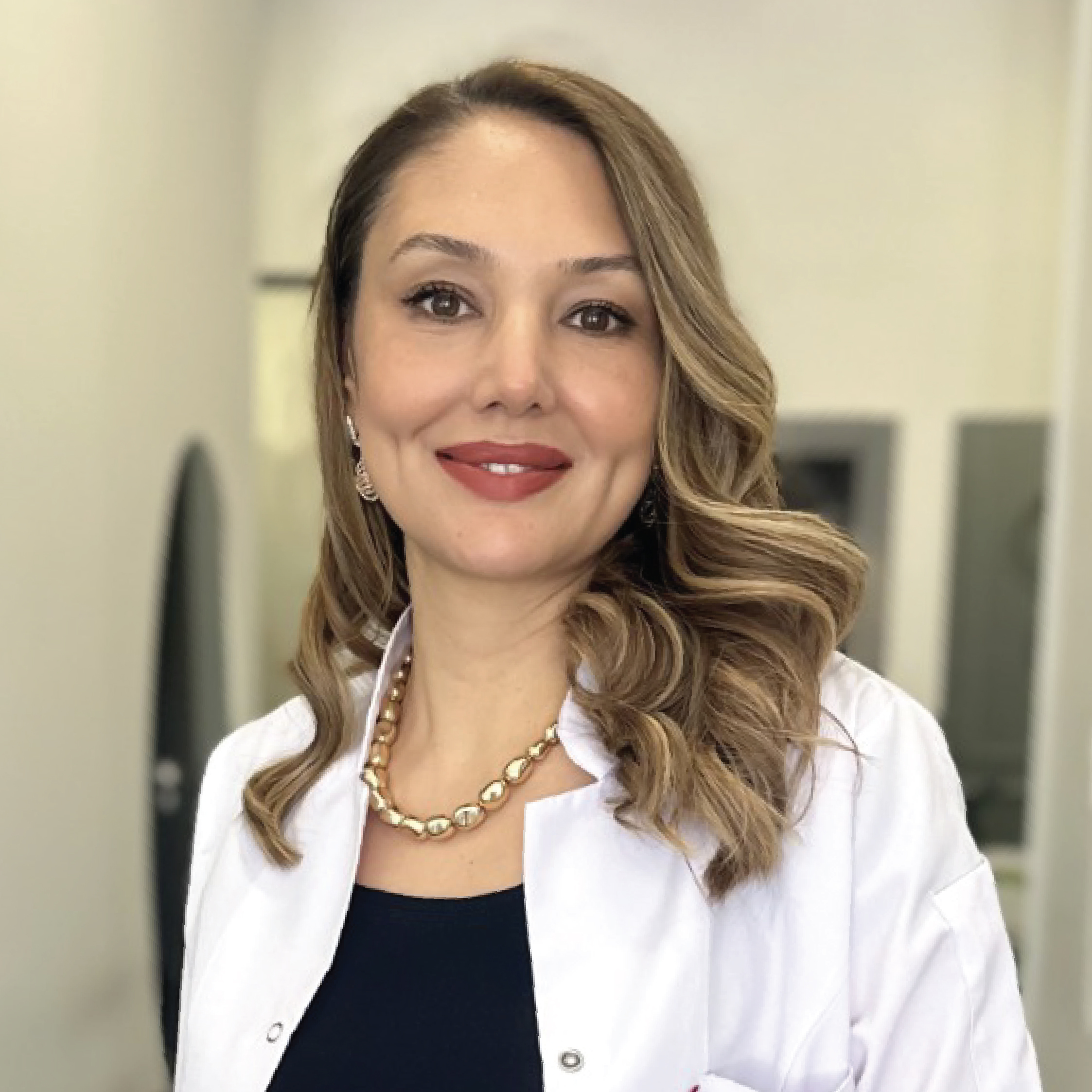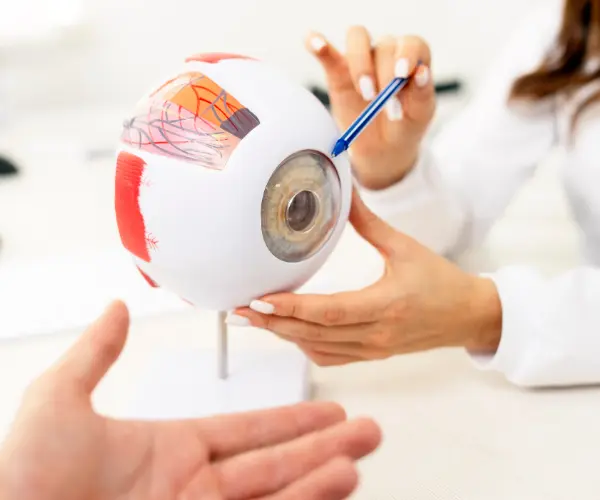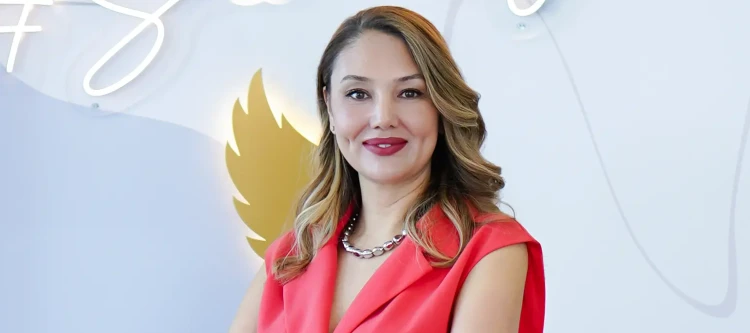Are you looking to completely get rid of your glasses or contact lenses but hesitant about traditional laser eye surgeries? Then it’s time to discover SMILE Laser — a bladeless, fast, and safe solution!
SMILE has recently become one of the most preferred minimally invasive laser eye surgeries. This technique corrects myopia and astigmatism permanently without making an incision in the cornea. It's especially ideal for people who suffer from dry eyes or are prone to trauma.
In this article, you’ll find clear and detailed answers to all your questions such as what SMILE Laser is, who it’s suitable for, how it’s performed, and what advantages it offers.
What is SMILE Laser?
SMILE (Small Incision Lenticule Extraction) is the latest third-generation laser eye surgery technology. Unlike other laser procedures, SMILE does not require a large incision in the cornea. Instead, a small piece of tissue (lenticule) is removed using a laser. This corrects myopia and astigmatism without damaging the front surface of the eye. Unlike LASIK, no corneal flap is created, which shortens the healing process and reduces the risk of dry eyes.
Who is SMILE Laser Suitable For?
-
Individuals over 18 with stable eye prescription
-
People with myopia (between –1.00 and –10.00 diopters)
-
Individuals with astigmatism up to 5.00 diopters
-
Those with borderline corneal thickness for LASIK
-
People with dry eyes (SMILE has a lower risk of worsening dryness)
-
Individuals who do not want to wear glasses or contact lenses
Who is NOT Suitable for SMILE Laser?
-
People with hyperopia (currently not treatable with SMILE)
-
Individuals with eye conditions such as keratoconus or corneal degeneration
-
Pregnant or breastfeeding women
-
Individuals under 18 or with changing prescriptions
How is SMILE Laser Performed?
The SMILE procedure is short and comfortable, usually taking around 10 minutes per eye.
The treatment process includes:
-
Eye examination – Corneal thickness and refractive errors are assessed
-
Anesthesia – Local anesthesia with eye drops (no pain)
-
Lenticule creation – A femtosecond laser cuts a thin tissue layer inside the cornea
-
Lenticule removal – The tissue is removed through a small incision
-
Healing – No stitches are needed; the incision heals naturally
You can return to your daily routine shortly after the surgery. Vision becomes clearer within a few days, with full sharpness usually achieved in 1–2 weeks.
Advantages of SMILE Laser
-
Bladeless and bloodless technique
-
No corneal flap — preserves structural integrity
-
Lower risk of dry eye
-
Painless and fast recovery
-
Safe for individuals in high-impact professions (military, athletes, etc.)
-
Eliminates the need for glasses or contact lenses — providing clear and natural vision
What Should You Be Careful About After SMILE Laser?
-
Avoid rubbing your eyes for the first 24 hours
-
Use prescribed eye drops regularly
-
Avoid makeup, swimming pools, and saunas for one week
-
Mild blurriness may occur in the first few days — this is normal
-
Wear sunglasses to protect against external factors
Is SMILE a Permanent Solution?
Yes! SMILE Laser offers permanent vision correction and significantly reduces the need for glasses or contact lenses. However, age-related near vision problems (presbyopia) may still develop in later years. This is a natural part of aging and doesn’t reflect the effectiveness of SMILE.
Differences Between SMILE, LASIK, and PRK
| Feature | SMILE Laser | LASIK | PRK |
|---|---|---|---|
| Incision | Small incision (2–4 mm) | Large corneal flap | No incision; epithelium removed |
| Dry Eye Risk | Lowest | Moderate | Moderate |
| Recovery Time | 1–3 days | 1–2 days | 5–7 days |
| Trauma Resistance | High | Low | High |
| Treatable Conditions | Myopia, Astigmatism | Myopia, Astigmatism, Hyperopia | Myopia, Astigmatism, Hyperopia |









